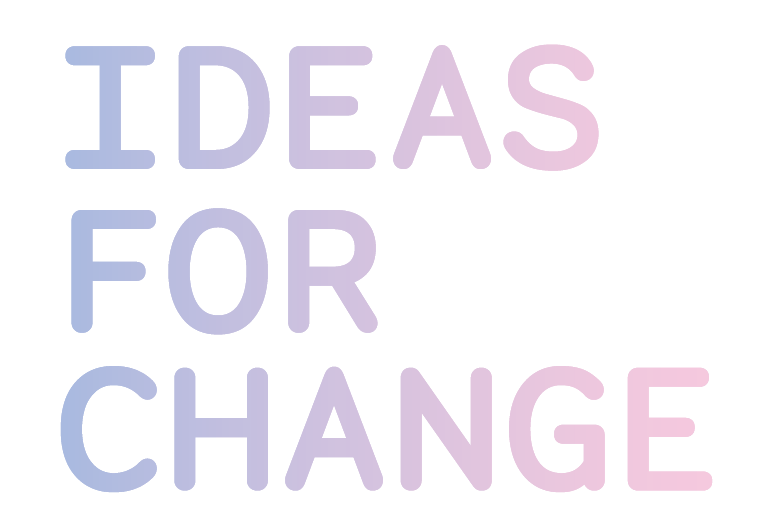Disruptive Business Factory: systematizing the creation of new business models
By Javi Creus, founder of Ideas for Change, and Santi Echazú, Co-Founder at Paisanos.io
(Original publication in Spanish)
Organization managers face this problem on a daily basis, it is evident that they have to act and make decisions to advance innovation but they don’t know how to do it. How to combine co-creation processes to obtain disruptive solutions with the current culture of the organization? How to validate disruptive ideas without generating macro investment projects that have no guarantee of prospering? How to manage innovation while managing the current business?
Existing companies have a double challenge: permanently innovating in the businesses they already know in order to survive in the current competitive environment, and at the same time, exploring new business models that will drive their growth towards the next cycle. This article (“Managing Your Innovation Portfolio”, Bansi Nagji and Geoff Tuff, HBR may 2012) proposes to dedicate 10% of the innovation effort to transformative innovation with the aim of providing 70% of the margin in the long term.
The first type of innovation is built into the DNA of successful competing companies. On the other hand, disruptive innovation is more difficult to integrate into business dynamics, it requires alternative KPIs and a culture to the dominant one.
That is why many organizations choose to outsource their participation in future business models: they make direct investments or participate in incubation and acceleration processes. Here the difficult thing is not only to obtain a financial return but also to align with the purpose and produce an internal cultural change.
At the other extreme is intrapreneurship, giving internal talent a space for disruptive innovation. Although alignment with the purpose and cultural transformation is easier, what is difficult in this case is for the ideas to be truly disruptive, letting the participants “fly” and sustaining their projects beyond the exercise.
From this difficulty, Disruptive Business Factory was born, the proposal of Ideas for Change and Paisanos to systematize the creation of new business models in existing companies. We propose to launch a permanent cycle of ideation, testing, definition, construction and launch of new businesses. Also, the generation and management of the matrix of business models to be explored.
The steps of the plan
Imagine that every three months 20 selected people from the organization begin a cycle of ideation of disruptive business models with the Pentagrowth methodology. These produce four new business models that will be tested with the processes tested by Paisanos in the next quarter, while 20 new participants begin to design new ideas. Those business model proposals that pass the test will enter the product definition phase in the third quarter and, once validated, will be launched on the market.
After one year the organization will have generated 12 new tested models; prototyped and validated at least 4, and will have one or two candidates to launch. After three years, you will have generated and tested 36 ideas, progressively invested in those that show the most promise, and actually launched three. Meanwhile, it will have developed updated strategic learning, a permanent observatory for the future, a laboratory for new business models, hundreds of people with a disruptive mentality.
The Pentagrowth methodology leads participants to design business models with high growth and potential return, Paisanos' work systems and tools allow rapid and progressive testing, systematically reducing risk. In this way we manage to maximize the potential in the design and minimize the risk in the validation and development.
Can you imagine having your own innovation laboratory within your organization?
Contact us and we'll tell you more ;)
Keep reading:
Did you like this content?
Receive more articles like this in your mailbox!












